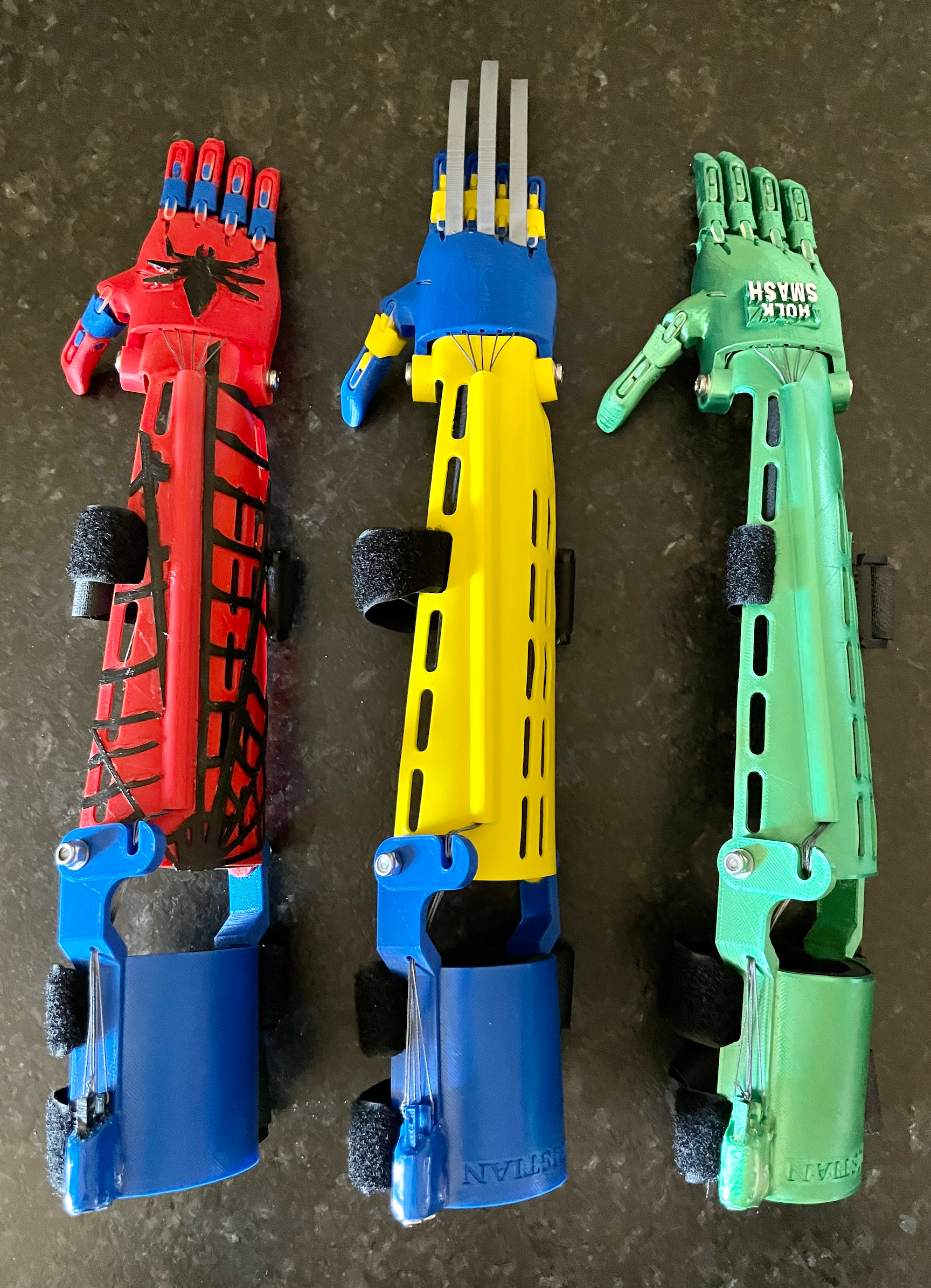
Biomedical Engineering: 3D Printing Prosthetics Using Enable and TinkerCAD
by Patricia Morgan
Be a part of the humanitarian effort and teach students how to create a fully functioning 3D printed prosthetic arm for a client in need. This lesson walks you through the process in a slideshow format to produce a custom size and design to fit your client like a glove! The open source files from Enable allow you to create all sorts of upper limb prosthetics to suit individual needs. By using TinkerCAD, students can then customize the design to the interests of their client.
Lesson Plan Link/URL
https://docs.google.com/presentation/d/1pClUOBm80Cc_lgunHlMgb1J35jkc6BVaZdOUkQI…Subject Area
Technology 1. Empowered Learner 2. Digital Citizen 3. Knowledge Constructor 4. Innovative Designer 5. Computational Thinker 6. Creative Communicator 7. Global Collaborator Engineering S1: Engineering & Global Society S5: Apply Technology to Engineering Mathematics Measurement and Data (MD)
Featured
Off
Related Content

Grades:
7th Grade, 8th Grade, 9th Grade, 10th Grade, 11th Grade, 12th Grade
Students will study car barrier engineering in this lesson. They will study how Newton’s Second Law of motion can be applied to determine how to decrease the force of impact during a collision. They

Grades:
9th Grade, 10th Grade, 11th Grade, 12th Grade
Using the Introduction to Hydroponics lab, introduce students to the features of the Hydroponic Systems. Students will explore the different types of grow mediums and grow lights used in the systems

Grades:
9th Grade, 10th Grade
This lesson plan focuses around 4 key topics, with activities for each. The plan covers renewable energy, solar energy, why solar energy is important, and what the children can do to conserve energy